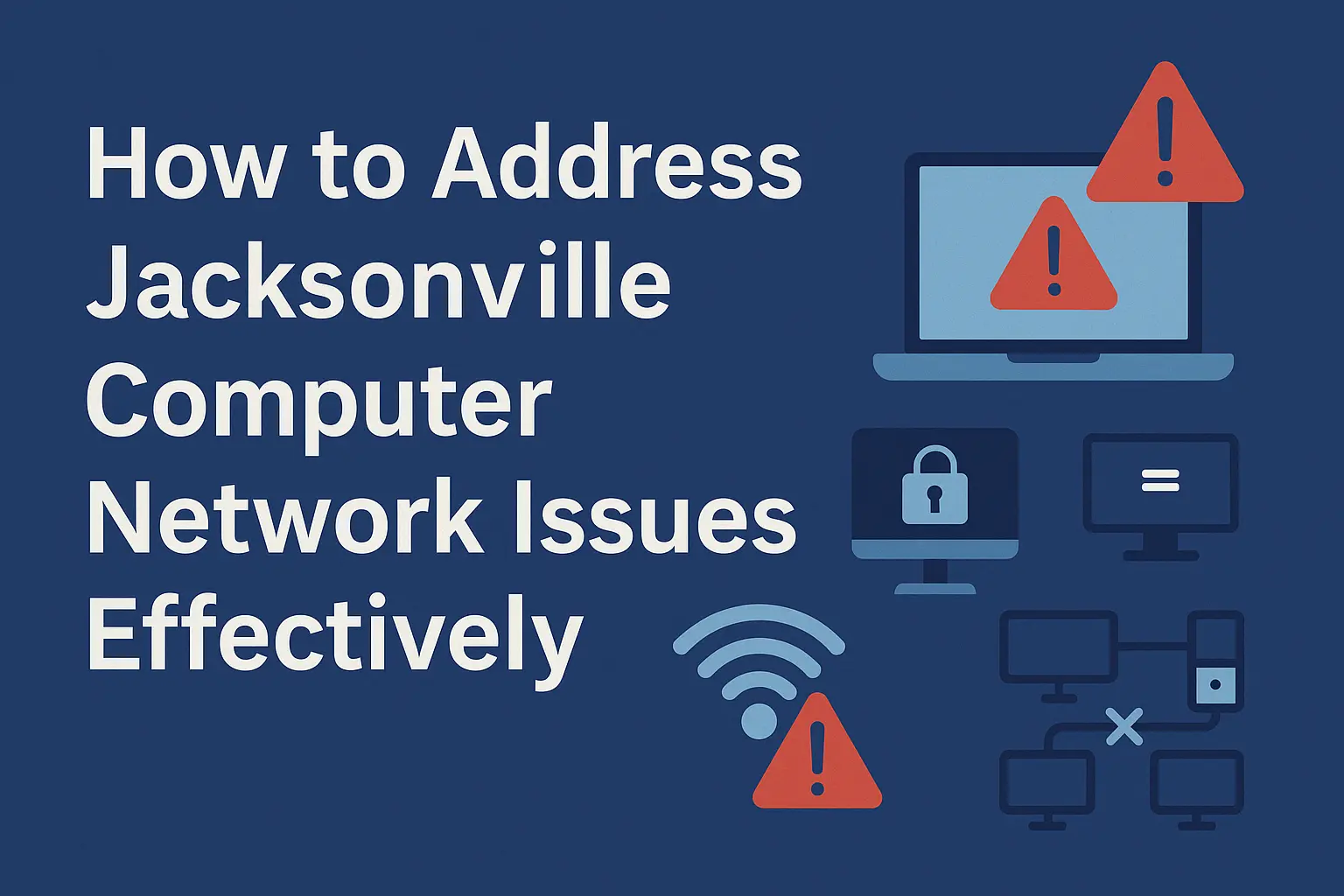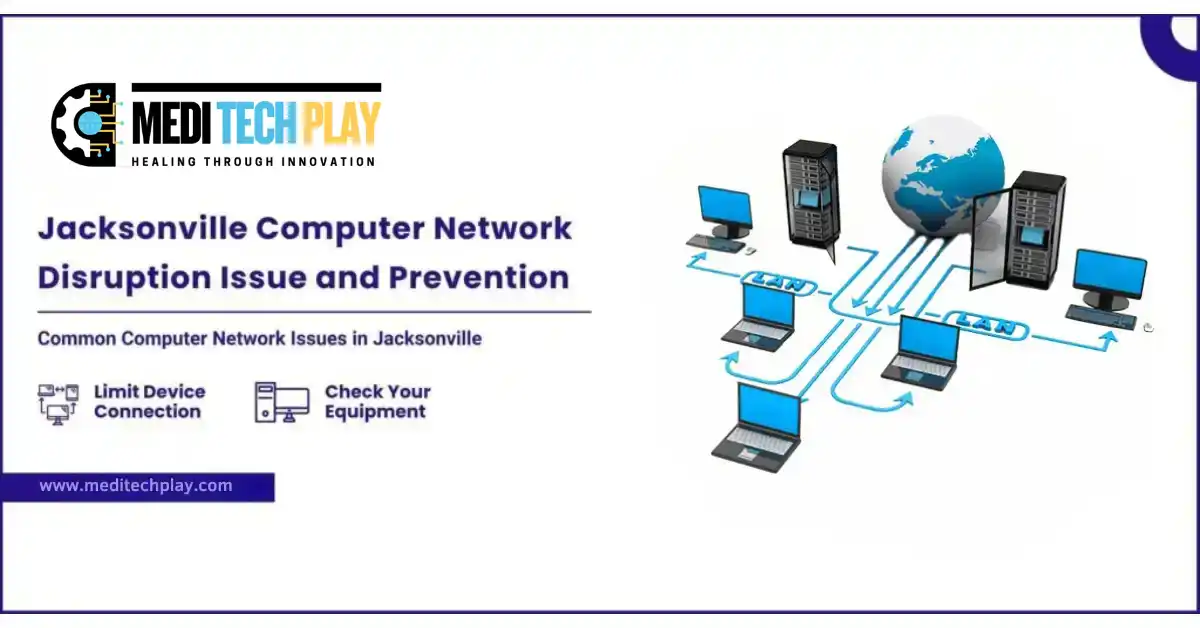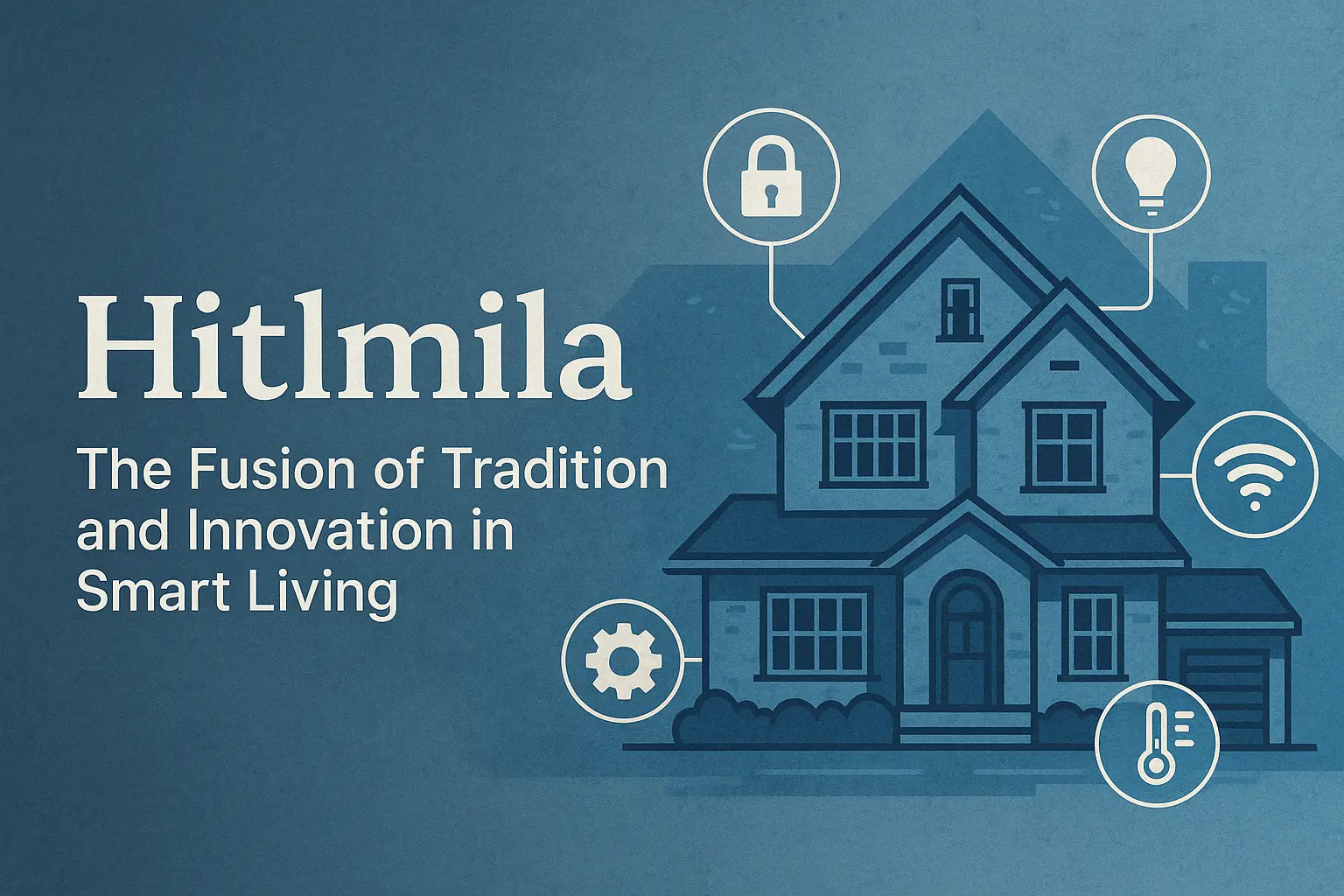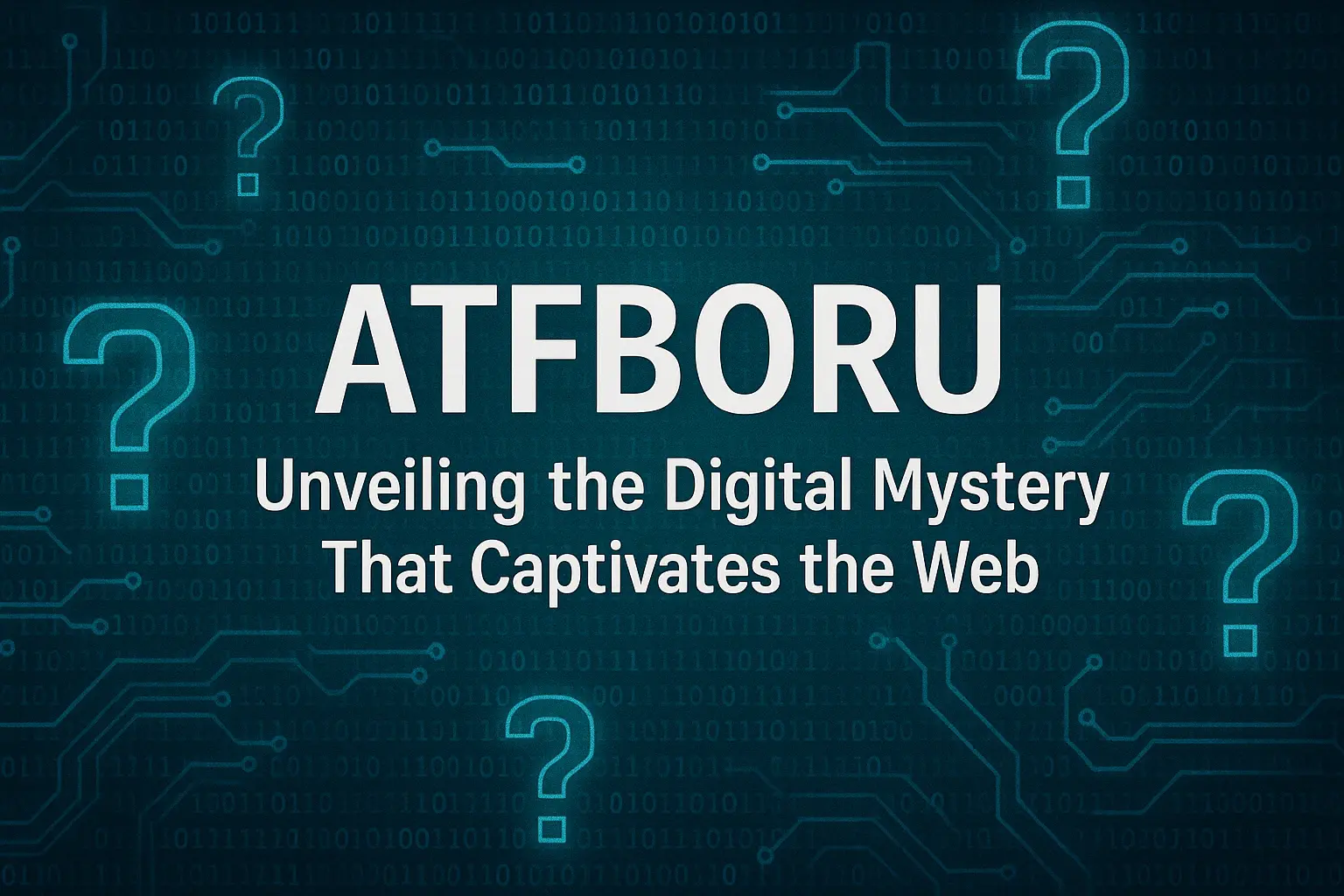On an otherwise ordinary Tuesday, the city of Jacksonville was jolted awake by an extraordinary event. Municipal employees, logging into their systems, were greeted not with their usual workflow, but with frozen screens, encrypted files, and a chilling ransom note. The incident, now widely referred to as the Jacksonville computer network issue, involved a breach of the city’s municipal computer network—home to sensitive public records, financial data, and critical infrastructure systems.
What followed wasn’t just another cyberattack. It was a systemic failure, a stark reminder that even local governments are prime targets in today’s increasingly hostile digital world. This incident should serve as a wake-up call for city officials, businesses, organizations, and individuals who underestimate the ever-evolving threat of cybercrime.
In this article, we will explore:
- The anatomy of the breach: What went wrong?
- Who was behind the attack: The growing menace of ransomware gangs.
- Why Jacksonville? Analyzing vulnerabilities in public sector IT.
- The fallout: Financial costs, operational disruptions, and loss of public trust.
- How to prevent the next attack: Cybersecurity best practices to safeguard your network.
The Anatomy of the Breach: A Breakdown of the Cyberattack
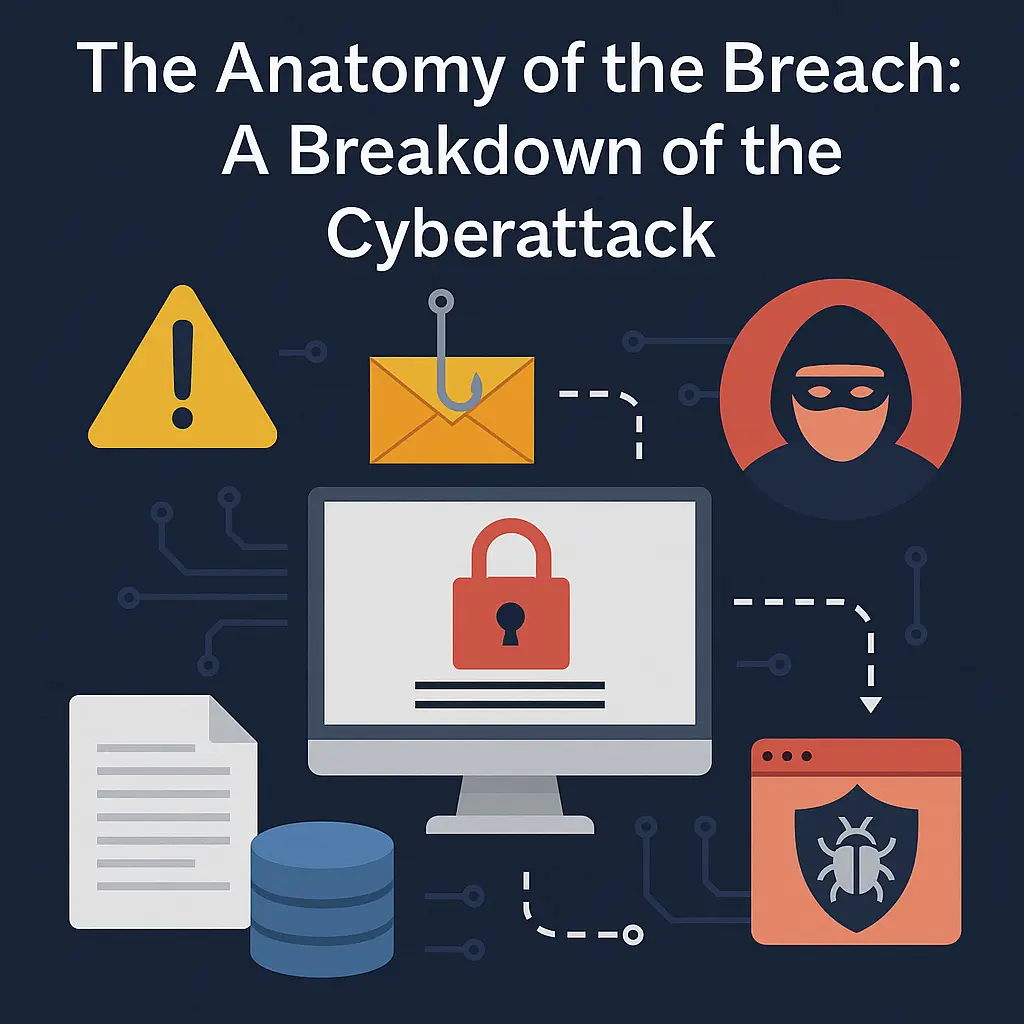
Initial Access: Exploiting the Weakest Link
It all began with a phishing email—a seemingly innocuous message, crafted to look like an internal memo. In a moment of carelessness, an employee clicked a link, unknowingly opening the door to the hackers. This initial vulnerability became the key that allowed the attackers to breach the city’s defenses, escalating the severity of the Jacksonville computer network issue and leaving the city scrambling to contain the fallout.
Spear-Phishing Tactics: Hackers impersonated a trusted vendor, successfully tricking an employee into downloading malicious software.
Unpatched Software Vulnerabilities: Outdated systems on several city workstations provided attackers with easy access to backdoors.
Lack of Multi-Factor Authentication (MFA): Once inside, the hackers moved laterally through the network with minimal resistance, exploiting the absence of additional security measures like MFA. Learn More From Experts
Data Exfiltration and Lateral Movement
The hackers didn’t stop at gaining access to one machine—they expanded their reach across multiple workstations. Through privilege escalation exploits, they accessed critical data, including:
- Financial Records: Taxpayer information and vendor payments.
- Emergency Dispatch Logs: Vital communication for public safety.
- Personal Information (PII): Sensitive details about city employees.
Before launching the ransomware attack, the cybercriminals exfiltrated over 200GB of data, a typical tactic to apply pressure on the victim to pay the ransom.
The Ransomware Strike: A Cruel Blow
At 3:47 AM, the attackers activated LockBit 3.0, a notorious ransomware strain. The attackers immediately froze the city’s systems, encrypted the files, and displayed a ransom note demanding $2.3 million in Bitcoin for the decryption key—or they would leak the stolen data to the public. This marked the most critical stage of the Jacksonville computer network issue, turning a digital breach into a full-blown cybersecurity crisis.
The Culprits: Who Are the Attackers Behind This Crime?

The Rise of Ransomware Gangs
A sophisticated criminal syndicate carried out this attack—it wasn’t the work of a lone hacker. These ransomware gangs have become increasingly organized, operating like legitimate businesses:
- Ransomware-as-a-Service (RaaS): Some gangs lease their malware to affiliates, expanding their reach.
- Double Extortion Tactics: First, encrypt the data. Then, threaten to leak it publicly to intensify the pressure.
- Cryptocurrency Payments: Bitcoin is often demanded, making the transactions untraceable and fueling the ransomware economy.
Why Local Governments Are Targeted
Local governments are prime targets for these cybercriminals due to several vulnerabilities:
- Underfunded IT Departments: Limited budgets often result in outdated systems and poor cybersecurity measures.
- Legacy Systems: Older technology that lacks necessary patches and updates becomes an easy target.
- Public Pressure: High stakes for restoring services quickly often lead to rushed decision-making during recovery.
In 2023 alone, over 60 local governments across the U.S. were targeted by ransomware attacks.
The Fallout: The Real-World Impact of the Breach

While Jacksonville refused to pay the ransom, the consequences were already severe.
Financial Impact
- Recovery Costs: $1.8 million spent on IT forensics, system rebuilds, and legal fees.
- Operational Downtime: Services like permit processing, payroll, and public services were delayed, causing widespread disruption.
Operational Chaos
- 911 Dispatch Delays: System failures led to delays in emergency response.
- Inaccessible Legal Documents: Vital court documents were temporarily unavailable, disrupting the justice system.
- Data Exposure: Citizen data was compromised, heightening risks of identity theft.
Erosion of Public Trust
When citizens can’t access essential services or worry that their data is at risk, public confidence in the local government plummets. The breach didn’t just cost money—it eroded the trust that people had in their elected officials and public institutions.
Lessons Learned: How to Prevent Future Cyberattacks
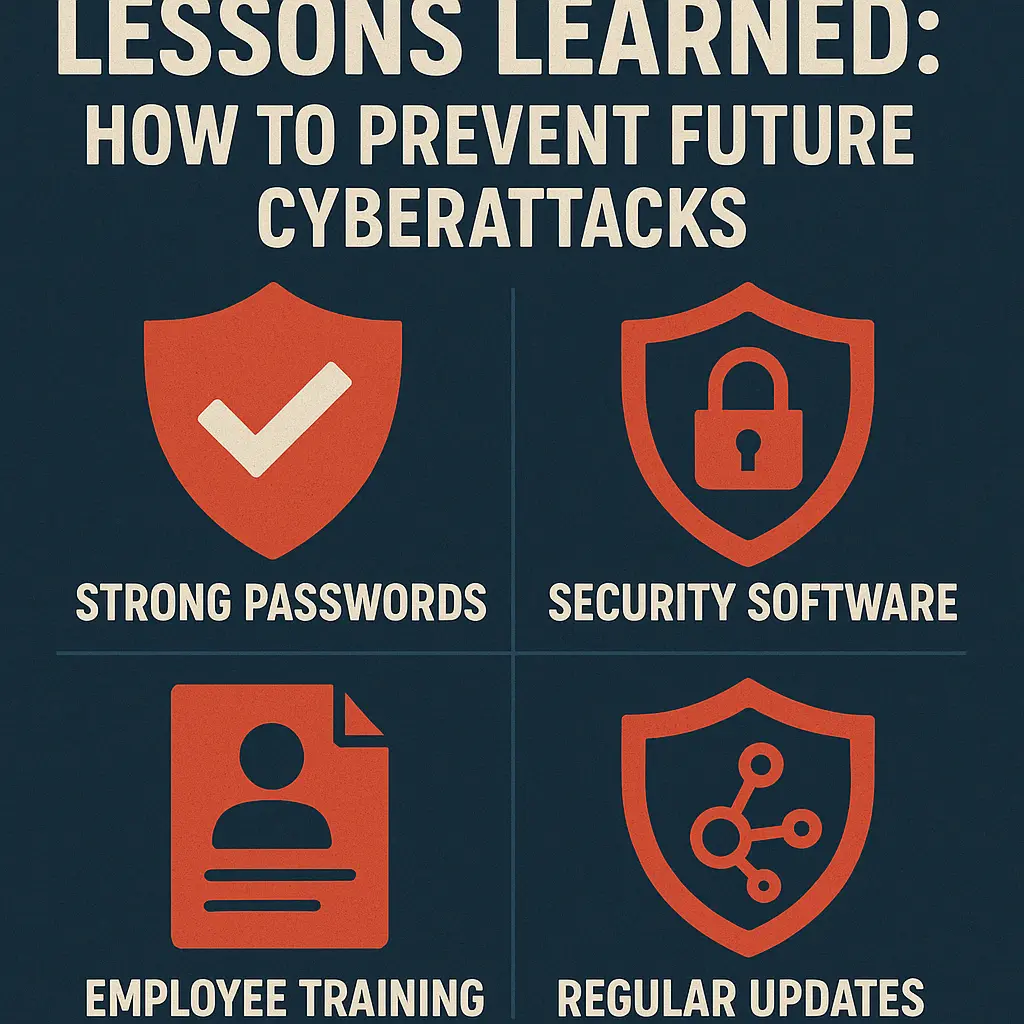
Immediate Fixes: Steps Every Organization Should Take
- Mandate Multi-Factor Authentication (MFA): A simple step that blocks 99% of automated attacks.
- Patch Management: Regularly update software to close vulnerabilities.
- Employee Training: Provide regular training to employees, teaching them to recognize phishing attempts and suspicious emails.
Long-Term Cybersecurity Strategies
- Zero Trust Architecture: Operate under the assumption that a breach has occurred and verify all access requests.
- Encrypted Backups: Ensure your data is safely backed up and can be restored without paying a ransom.
- Incident Response Plan: Prepare for cyberattacks with a predefined action plan to mitigate damage.
A Call for Federal & State Support
Local governments often lack the resources to combat cybercrime effectively. More federal and state funding, along with threat intelligence sharing, are necessary to strengthen the cybersecurity posture of local municipalities.
Conclusion: A Wake-Up Call We Can’t Afford to Ignore
The Jacksonville breach was not an isolated incident—it was a predictable disaster. As cybercriminals grow bolder, outdated defenses and poor cybersecurity practices will no longer be enough to protect our cities, businesses, and personal data.
The question isn’t if another attack will occur—it’s when.
Will we learn from Jacksonville’s experience and take steps to protect our networks? Or will we wait until the next city falls victim? The choice is ours.
Final Thought: Cybersecurity Is a Shared Responsibility
Cybersecurity isn’t just the responsibility of IT teams or government officials. It’s a collective effort that requires all stakeholders—employees, policymakers, and citizens alike—to stay informed and proactive.
Stay vigilant. Stay secure.
ReadMore: Why Did Blue Protocol Fail? Key Reasons Behind Its Decline


